Singapore - Far-sighted planning to offset renewable resource limitations
What were Singapore’s priorities to ensure sustainable development to ensure no one is left behind during the COVID-19 pandemic?
While the COVID-19 pandemic is an immediate priority that requires our attention and resources, we must continue preparing for climate change, which will be an even greater crisis if we do not take action now. In the transition to a low-carbon future, Singapore will find new ways to grow our economy and support our companies and workers to seize opportunities in the green economy.
The government will invest over SGP25 billion ($18.48 billion) in research, innovation, and enterprise development over the next five years. As part of this broader initiative, we will support the development and commercialisation of innovative solutions pertaining to sustainability, such as clean and renewable energy, the circular economy, and low-carbon solutions.
Enterprise Singapore launched the Enterprise Sustainability Programme to support local businesses with sustainability initiatives. It has set aside up to SGP180 million ($133.08 million) for the programme, which is expected to benefit 6,000 enterprises over the next four years. The programme will support training workshops, capability and product development projects, and key enablers such as certification and financing.
To enhance the energy efficiency of our industries, we have increased funding support since January 2019 under the Economic Development Board’s Resource Efficiency Grant for Energy and the National Environment Agency’s Energy Efficiency Fund from a cap of 30 to 50 per cent. These grants help companies cover costs for equipment, materials, consumables, technical software, professional services, and intellectual property rights. Over time, this will result in cost savings and improved competitiveness for them.
Beyond support for individual companies, we also help to bring businesses together to achieve system-level efficiency gains. One example is an upcoming agri-food innovation park which brings together high-tech farming and research and development (R&D) activities across urban agriculture and aquaculture. The co-location of these operations will help promote synergies and build partnerships.
We are laying the groundwork to develop a talent pool in Singapore and are helping our existing workforce develop and deepen their skills to support the green economy and our energy transition.
In green finance, we launched the Singapore Green Finance Centre last year, a collaboration between Singapore Management University and Imperial College Business School (Imperial College London). The centre aims to develop talent and capabilities in climate science, financial economics, and sustainable investing.
In energy, the Employment and Employability Institute and the Sustainable Energy Association of Singapore are working with companies and training providers to build up skills, training, and job prospects in the solar industry.
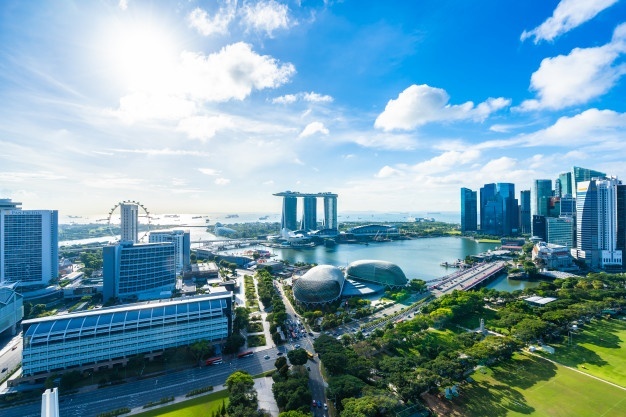 |
| Singapore - Far-sighted planning to offset renewable resource limitations, illustration photo/ freepik.com |
What were the highlights of Singapore’s sustainable development over the past five years?
Since our independence, Singapore has pursued sustainable development and sought to balance economic development with environmental protection and social inclusion. Given our country’s constraints such as limited land, resources, and alternative energy options, we have realised early the need for long-term planning, effective policy implementation and sought to overcome constraints through innovation.
Regarding the circular economy, in 2000, after more than two decades of R&D, Singapore closed our water loop through the recycling of used water to produce NEWater. Today, we continue to embed circular economy principles in our policies and infrastructure to conserve limited resources and maximise their value by keeping them in use for as long as possible.
One example of infrastructure that incorporates the circular economy approach is Tuas Nexus, which co-locates an integrated waste management facility (IWMF) with a water reclamation plant, so that the output from one facility can be used as feedstock by the other. Tuas Nexus is a clear showcase of how the use of technology and innovation can result in infrastructure planning breakthroughs. We commenced construction on Tuas Nexus in September 2020. When it is completed, it will be the world’s first IWMF to be planned and built from ground-up.
As a result of the synergies from the water-energy-waste nexus, we will gain considerable land savings and carbon savings of more than 200,000 tonnes annually, equivalent to taking 42,500 cars off Singapore’s roads. The IWMF includes a food waste treatment facility and a materials recovery facility, which are key facilities to turn our waste into resource. All in all, Tuas Nexus will support our push towards becoming a zero waste nation where we reduce our consumption of materials, and also reuse and recycle them to give them a renewed lease of life.
We are an alternative-energy disadvantaged country – we lack wind, tidal and geothermal energy, and have limited land for large-scale solar deployment. We import almost all our energy. Today, about 95 per cent of our electricity is generated using natural gas, the cleanest form of fossil fuel. Despite our challenges, we are striving to harness cleaner energy sources, and to become more energy-efficient.
In Singapore, solar energy is the most viable renewable energy source, and we will quadruple the deployment of solar energy by 2025 through innovative ways. This July, we launched one of the world’s largest inland floating solar farms on Tengeh Reservoir, spanning 45 hectares. With over 122,000 solar panels, it generates enough clean energy to power our five local water treatment plants and the Marina Barrage – which makes Singapore one of the few countries in the world to have a 100 per cent green waterworks system. We will continue to install solar panels throughout our island, including on other reservoirs, public housing, and schools. Over time, we will install solar energy systems on the rooftops of about 6,000 public buildings.
What are the main challenges facing Singapore’s sustainable development? Besides the Singapore Green Plan 2030, has Singapore worked out any other plans to combat global warming?
Singapore faces unique constraints in our efforts to achieve net-zero emissions and implement sustainability solutions.
With our limited landmass of 728 square kilometres, land use is a trade-off between competing needs such as industry, housing, and greenery. We do not have the same options for alternative energy as larger countries. We do not have vast land for solar farms, no hydroelectric power, nor strong winds required for wind power.
At the same time, with no hinterland or natural resources, Singapore needs a vibrant and diversified economy that is well plugged into the global economy and can create good jobs and opportunities for our people. Yet, as we face greater carbon constraints, we must find new ways to grow our economy, balancing sustainable development with growth and jobs.
It all comes down to trade-offs. Technology and innovation can help us mitigate the costs of climate mitigation and adaptation, but we need to engage our stakeholders across the different sectors to gain their understanding, support, and collective will to act.
While we face starker trade-offs than other countries in mitigating our emissions, we do not shy away from taking bold actions where we can to reduce our carbon emissions. Last year, we submitted our enhanced 2030 Nationally Determined Contribution (NDC) and our Long-Term Low Emissions Development Strategy (LEDS) under the Paris Agreement.
This February, we launched the Singapore Green Plan 2030 – a national roadmap with ambitious, concrete sectoral targets. It sets a national direction for all policies and programmes to achieve climate-resilience, resource-resilience, and economic-resilience. Because it has an expansive agenda, it touches every sector and every dimension of life, from how we generate energy to how we produce food. Some of our key efforts to transit to a low-carbon future.
Vietnam is trying to reconcile fast-paced urbanisation with its green ambitions. What lessons can be taken from Singapore in sustainable urban management?
Singapore faced many major urban challenges in the 1960s. We were a poor nation largely living in slums, facing severe housing shortage, traffic congestions, and poor sanitation. Other than addressing these pressing challenges, our pioneer generation of leaders and planners had the foresight to plan ahead, and mapped out plans to guide Singapore’s development into a highly liveable city state in the next 50 years.
Singapore is a small island state with a land area of 728sq.km. Long-term planning thus allows us to judiciously manage our limited land and sea space to cater to the wide spectrum of needs today and in the future. To ensure Singapore continues to be a sustainable and vibrant city, it is essential that sustainability and stewardship are applied as core planning principles. We balance economic, social and environmental needs by optimising our limited land to ensure sustainable development.
At the same time, we also ensure that our plans are flexible and resilient, particularly in the face of disruptive technologies, unanticipated uncertainties, and the effects of climate change. To achieve this, our planning process entails a continuous and iterative process of planning and implementation. The two main plans that guide our development are the long-term plan and the Master Plan.
The long-term plan provides a forward-looking roadmap for our development. Strategies developed during our past plans, previously known as Concept Plans, can still be seen today. Our very first Concept Plan made strong imprints on the urban structure we know today.
Meanwhile, the Master Plan guides how we develop over the next 10-15 years. The plan focused on inclusivity, sustainability, and ensured that there are green neighbourhoods with community spaces and amenities for all to enjoy. Through these strategies, we carefully steward our limited land resources to make sure that we cater to various needs for our people, not just for today but also for tomorrow.
One possible area of cooperation is the circular economy, particularly reducing the use of plastics, which has been a priority in Singapore and Vietnam. Vietnam has embarked on the development of a regulatory framework for a circular economy under Article 142 of the 2020 Law on Environmental Protection.
Singapore will be pleased to share our experience with the Zero Waste Masterplan, Resource Sustainability Act, and Singapore Green Plan 2030 which, among other things, includes our waste and plastic management strategies and targets.
| Singapore’s key efforts to transit to a low-carbon future - Quadrupling solar energy deployment by 2025; - Planting one million more trees across Singapore by 2030; - Frontloading efforts to achieve a 20 per cent reduction in waste-to-landfill in five years (by 2026); - Achieving a two-thirds reduction of net carbon emissions from the school sector and have at least 20 per cent of schools to be carbon neutral by 2030; - Greening 80 per cent of buildings by 2030 and have 80 per cent of new buildings to be Super Low Energy buildings from 2030; - Phasing out internal combustion engine vehicles by 2040 and have all vehicles run on cleaner energy; - More than doubling electric vehicle charging points deployment target from 28,000 to 60,000 charging points by 2030; and - Peaking the Public Service’s carbon emissions around 2025, ahead of the national target. |
What the stars mean:
★ Poor ★ ★ Promising ★★★ Good ★★★★ Very good ★★★★★ Exceptional
Related Contents
Latest News
More News
- Innovative food packaging to help use resources efficiently (November 19, 2024 | 16:47)
- ESG - Prerequisites for sustainable business growth (November 19, 2024 | 07:31)
- Robust green aims will unlock new potential (November 18, 2024 | 16:44)
- Dual transition can motivate businesses (November 18, 2024 | 16:35)
- Vietnam and New Zealand look to a sustainable future (November 18, 2024 | 16:17)
- Companies must embrace green finance initiatives (November 18, 2024 | 16:07)
- Dual transition to help firms of all sizes (November 18, 2024 | 15:48)
- Foot must remain on pedal to achieve SDGs (November 17, 2024 | 10:26)
- 45 enterprises honoured for sustainable development contributions (November 17, 2024 | 10:00)
- New Zealand’s approach to sustainable ambitions (November 17, 2024 | 09:48)




 Tag:
Tag:
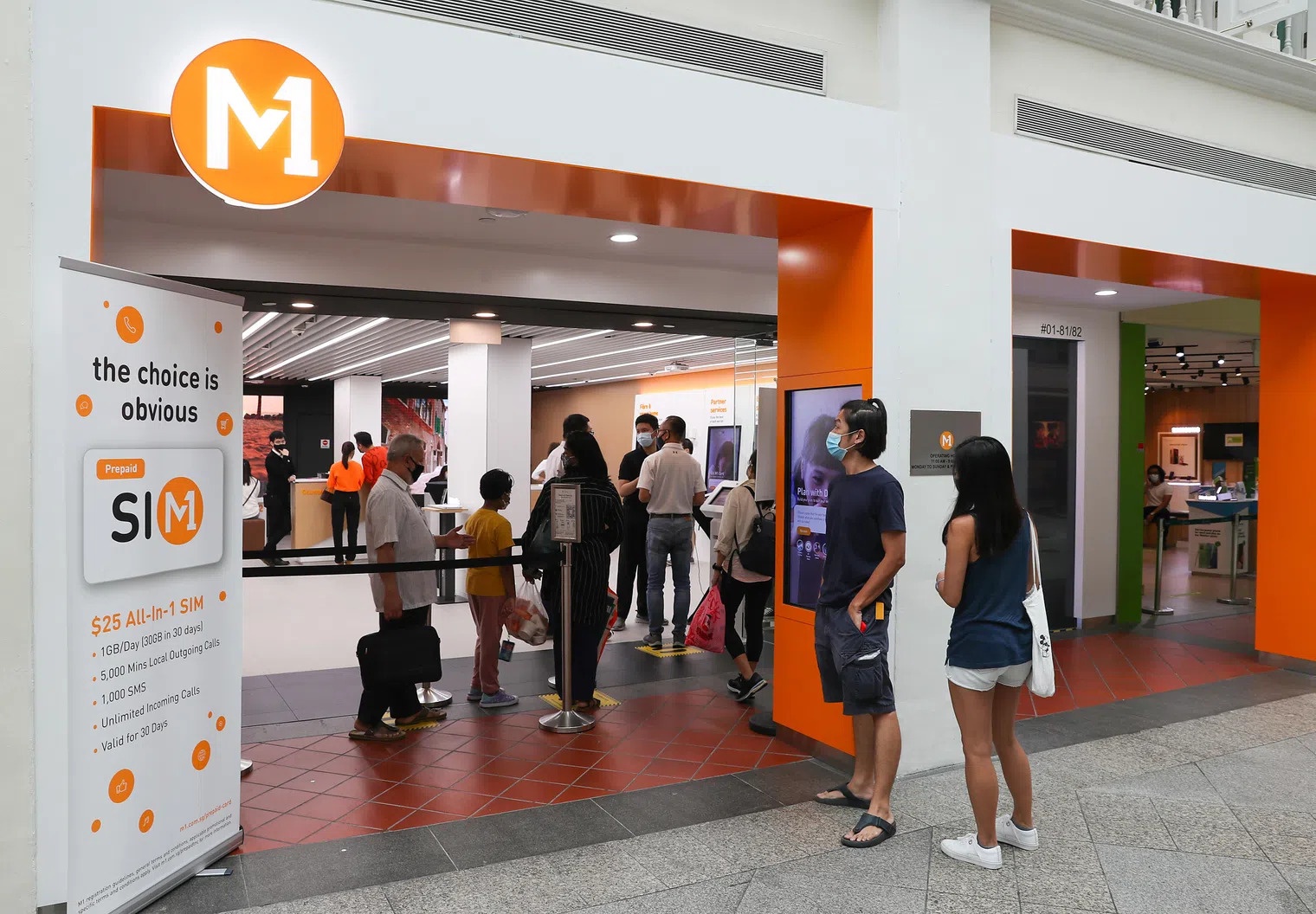

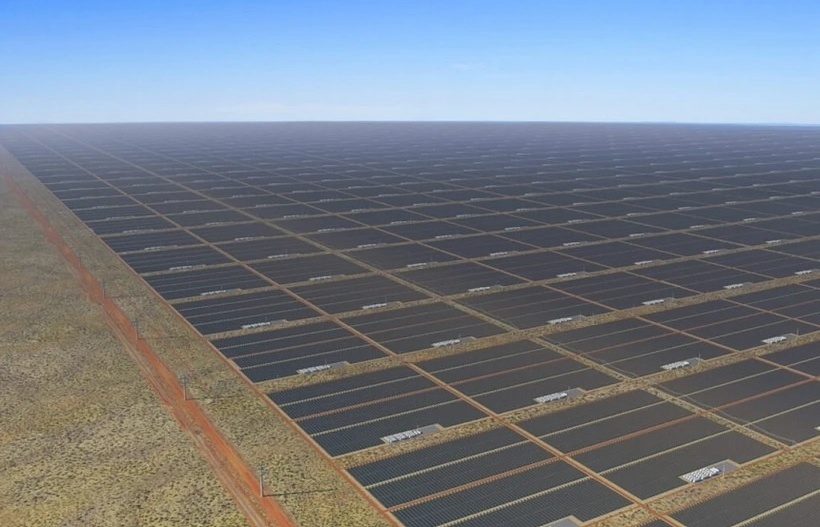

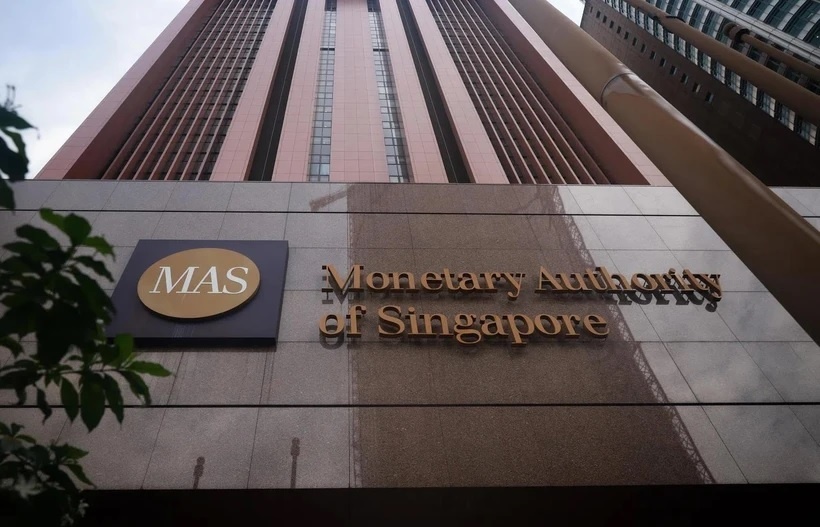
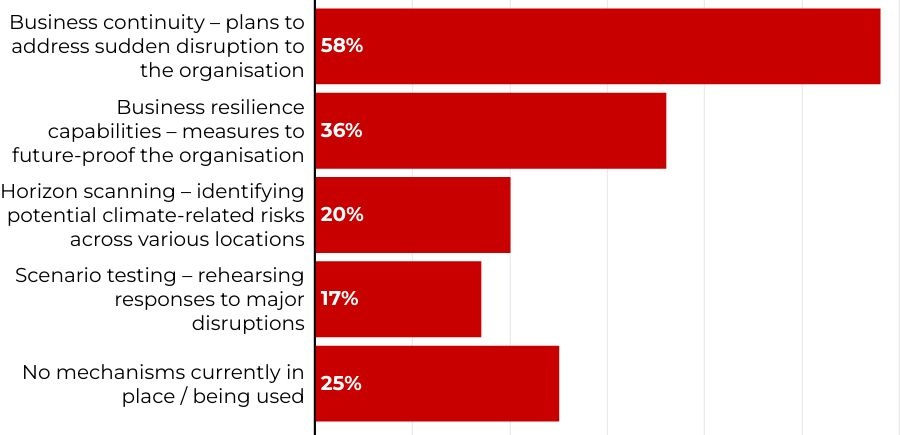
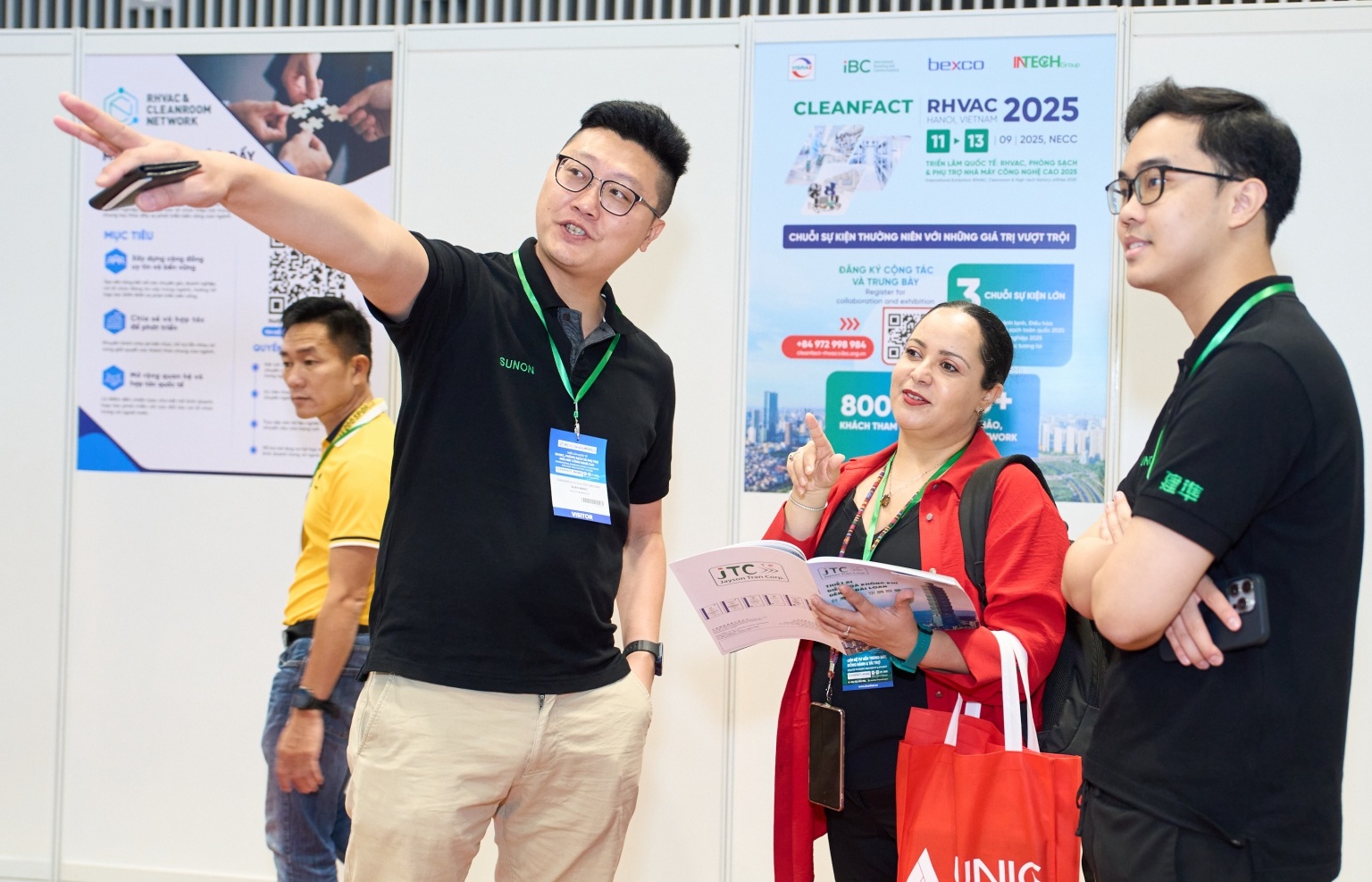
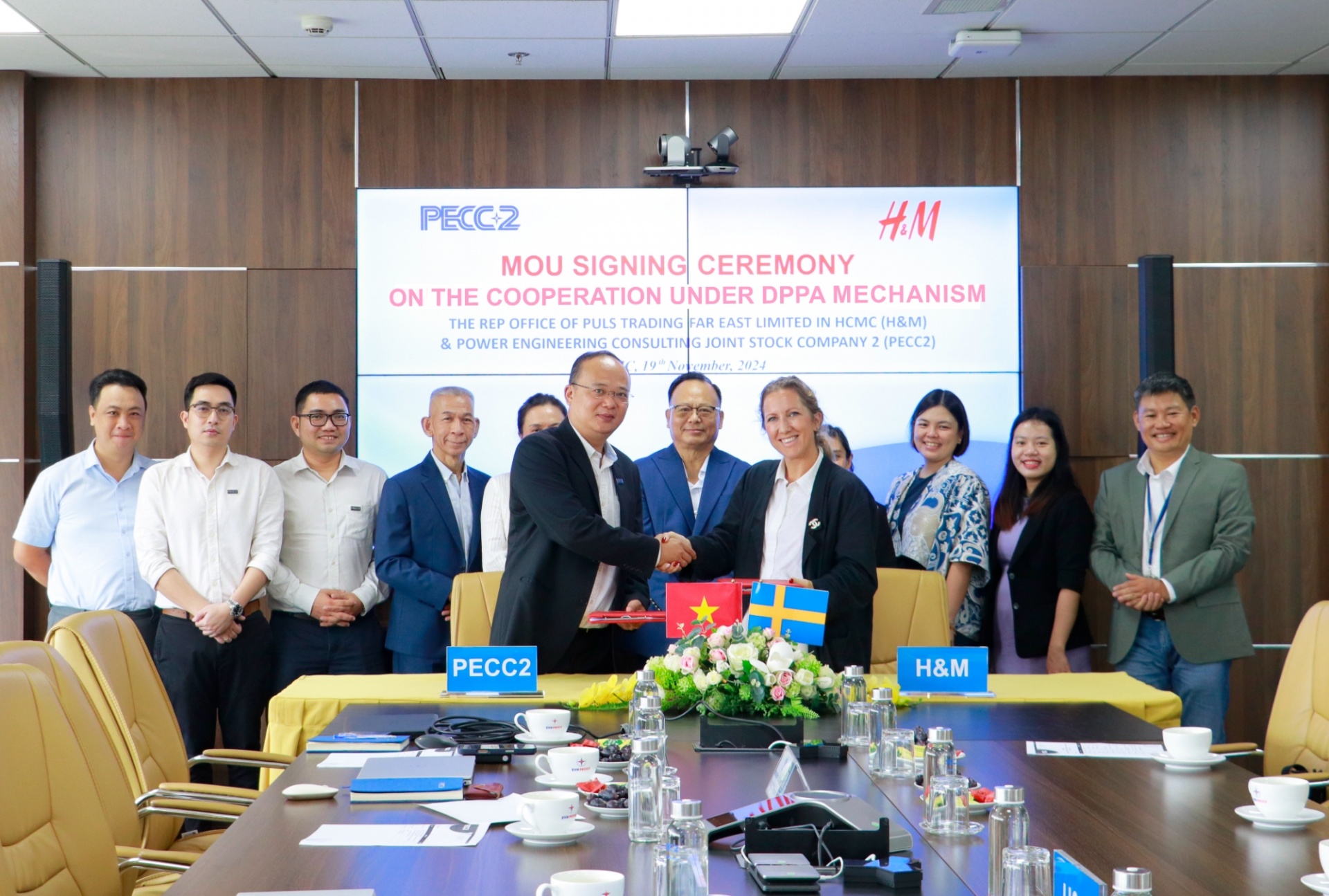
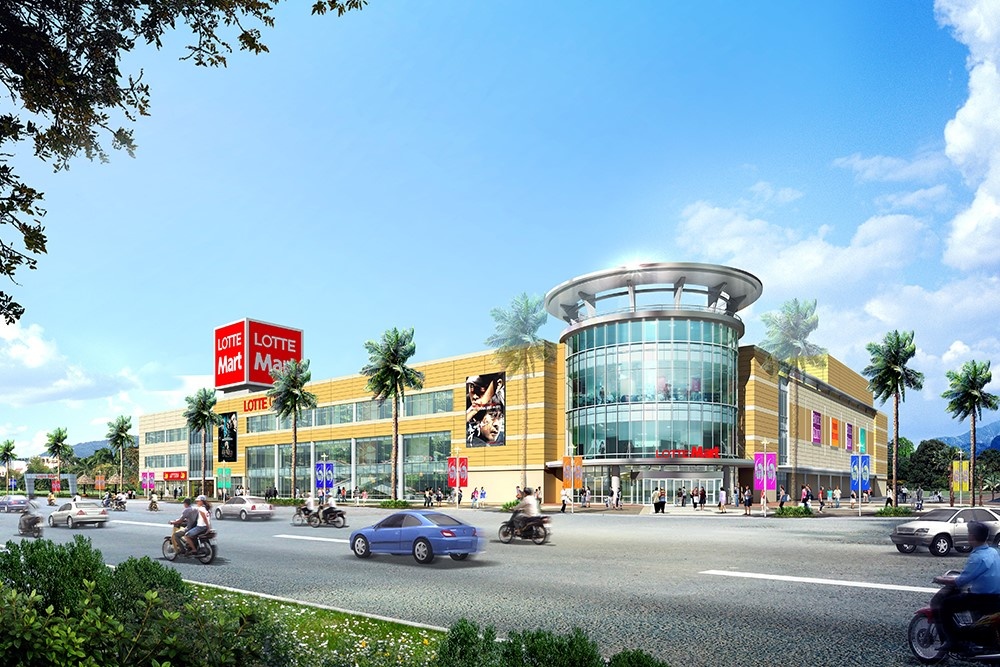
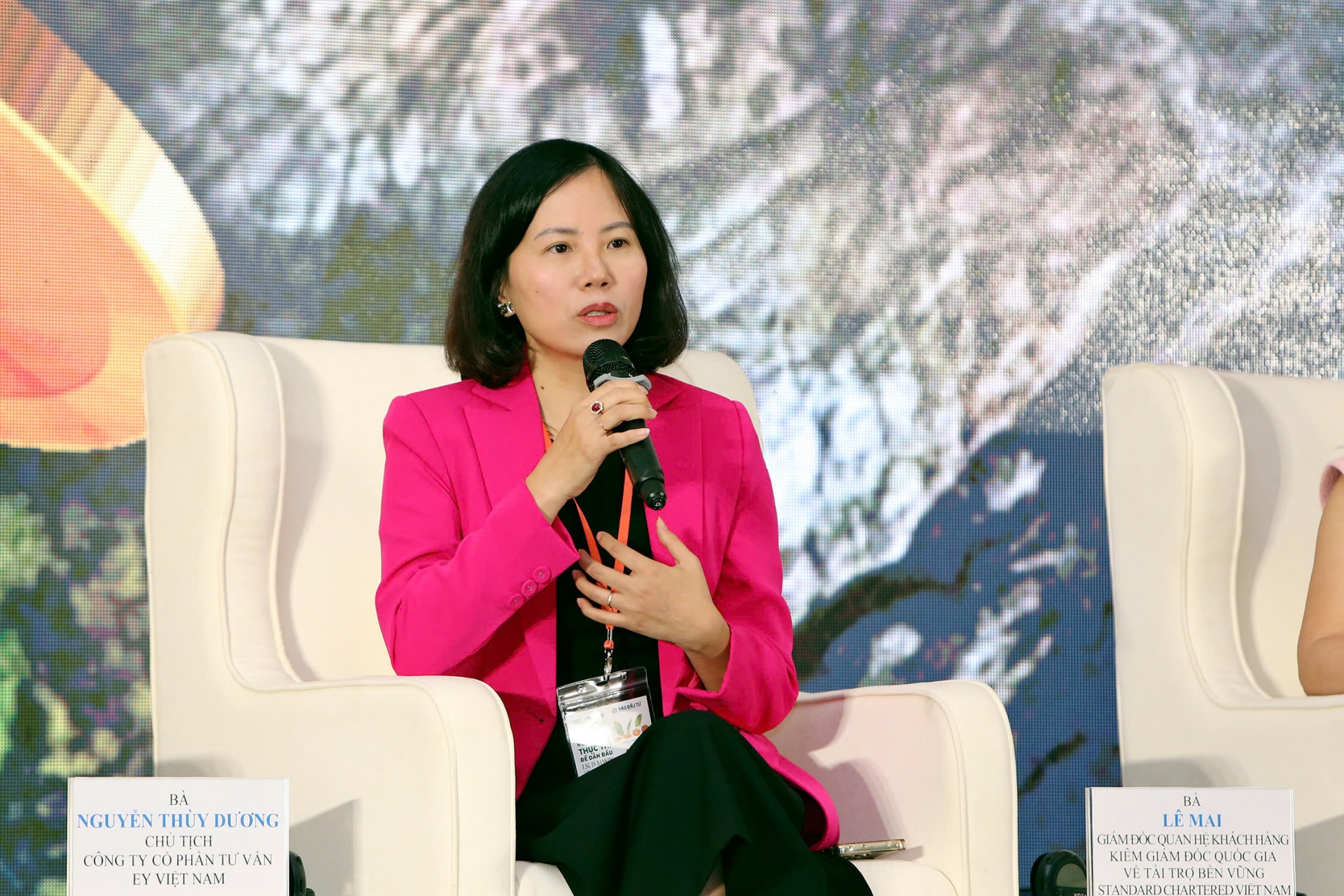
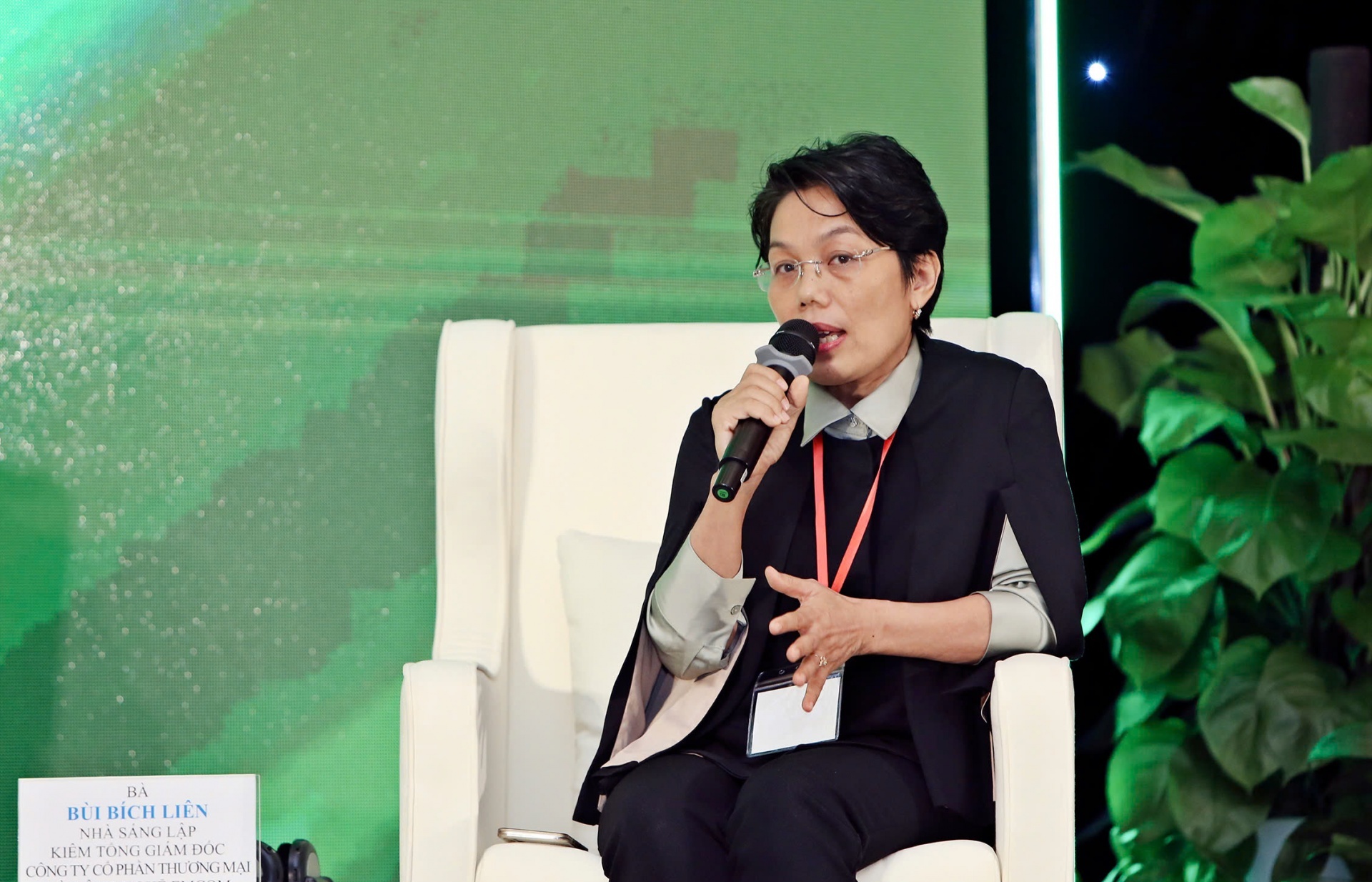



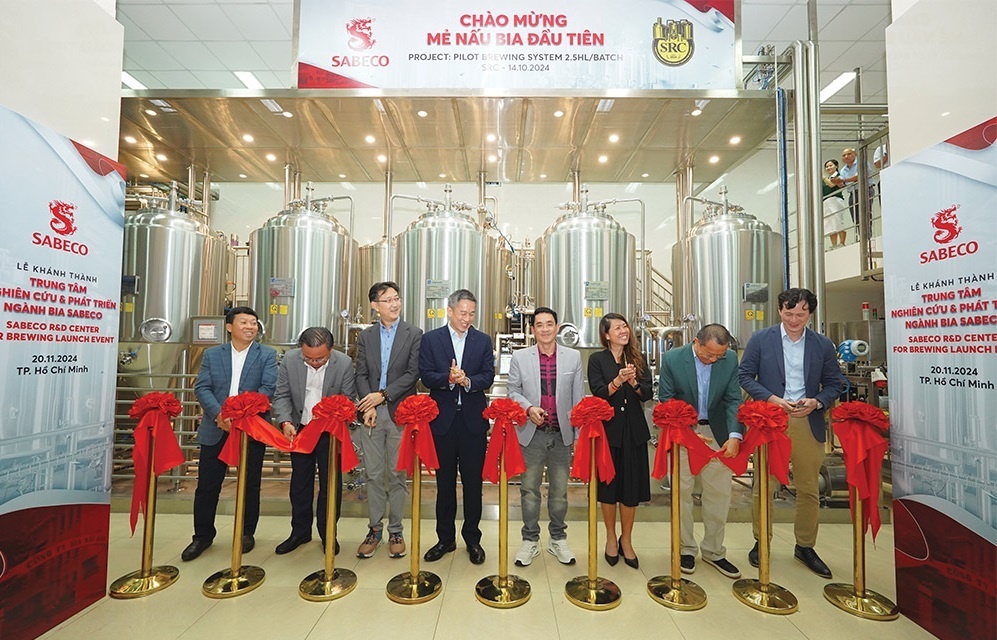


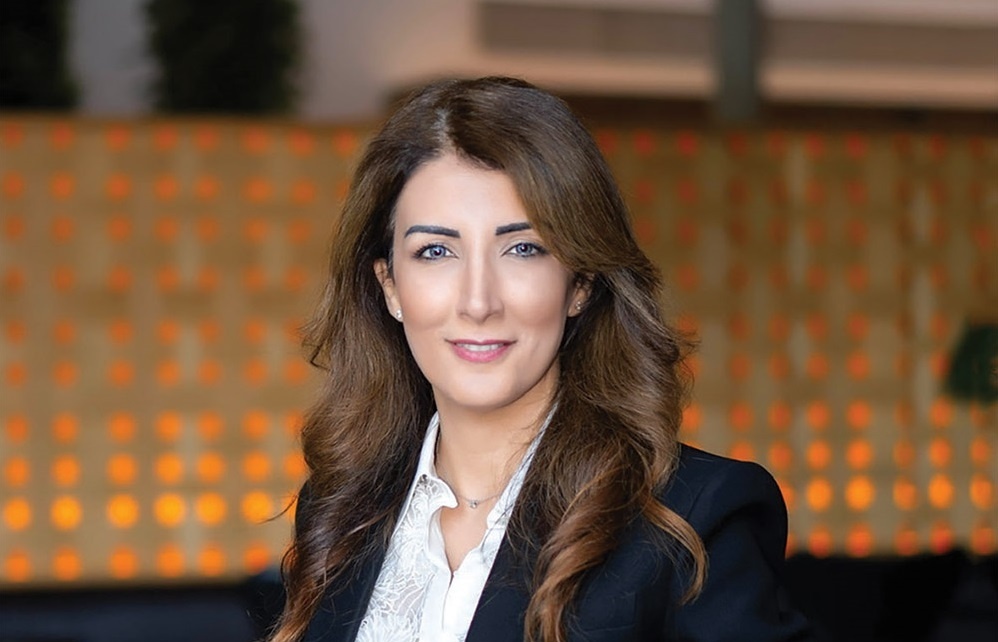



 Mobile Version
Mobile Version